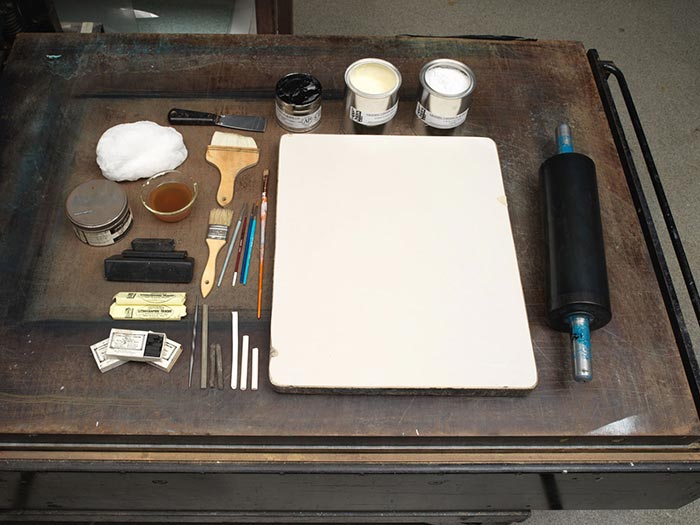Terrific Engagement between the "Monitor" 2 guns, and "Merrimac" 10 guns, in Hampton Roads, March 9th, 1862 – The First Fight Between Ironclad Ships of War
Frances Flora Bond Palmer American, born England
Lithographed and published by Currier & Ives American
Not on view
At the beginning of the American Civil War, shortly after Virginia seceded from the Union in 1861, the Union Navy placed a blockade on Hampton Roads (the area where the James River flows into the Atlantic Ocean), thereby hindering ocean access for the Confederate capital at Richmond and the main Confederate navy yard at Norfolk. Ironclad ships were first used in battle during the Civil War; these steam-propelled warships were built with their wooden hulls covered by thick iron or steel armor plates in order to minimize damage from explosive shells.
Among the best known ironclad ships, the Confederate "Merrimac" was bigger and carried more guns, while the smaller Union "USS Monitor" was faster and easier to maneuver. The Hampton Roads naval battle began on March 8, 1862, when the "Merrimac" sailed up the James River and attacked the blockade of Union ships and successfully sank one of them. This print depicts the second day (March 9, 1862) when the "USS Monitor" (with the Union flag) arrived to attack the larger "Merrimac" (with the Confederate flag); both ships are shown hull to hull as they fire their cannons at each other sending smoke straight up. In the background, other ships appear near the shore. The first battle between ironclad ships, the "Merrimac" and the "USS Monitor" each survived many direct hits without crippling damage during the hours of battle; in the end, both the North and South sides claimed victory. The New York City-based lithography firm of Currier & Ives created this print to capitalize on this dramatic battle as a victory for the North; a curious Union public was also eager to see a battle picture featuring the newest naval technology which made wooden warships obsolete.
Nathaniel Currier, whose successful New York-based lithography firm began in 1835, produced thousands of hand-colored prints in various sizes that together create a vivid panorama of mid-to-late nineteenth century American life and its history. People eagerly acquired such lithographs featuring picturesque scenery, rural and city views, ships, railroads, portraits, hunting and fishing scenes, domestic life and numerous other subjects, as an inexpensive way to decorate their homes or business establishments. As the market for prints expanded, Nathaniel recruited his younger brother Charles to help. In 1857, James Merritt Ives (the firm's accountant since 1852 and Charles's brother-in-law) was made a business partner; subsequently renamed Currier & Ives, which continued until 1907, produced almost 100 prints depicting American Civil War battles and scenes.

